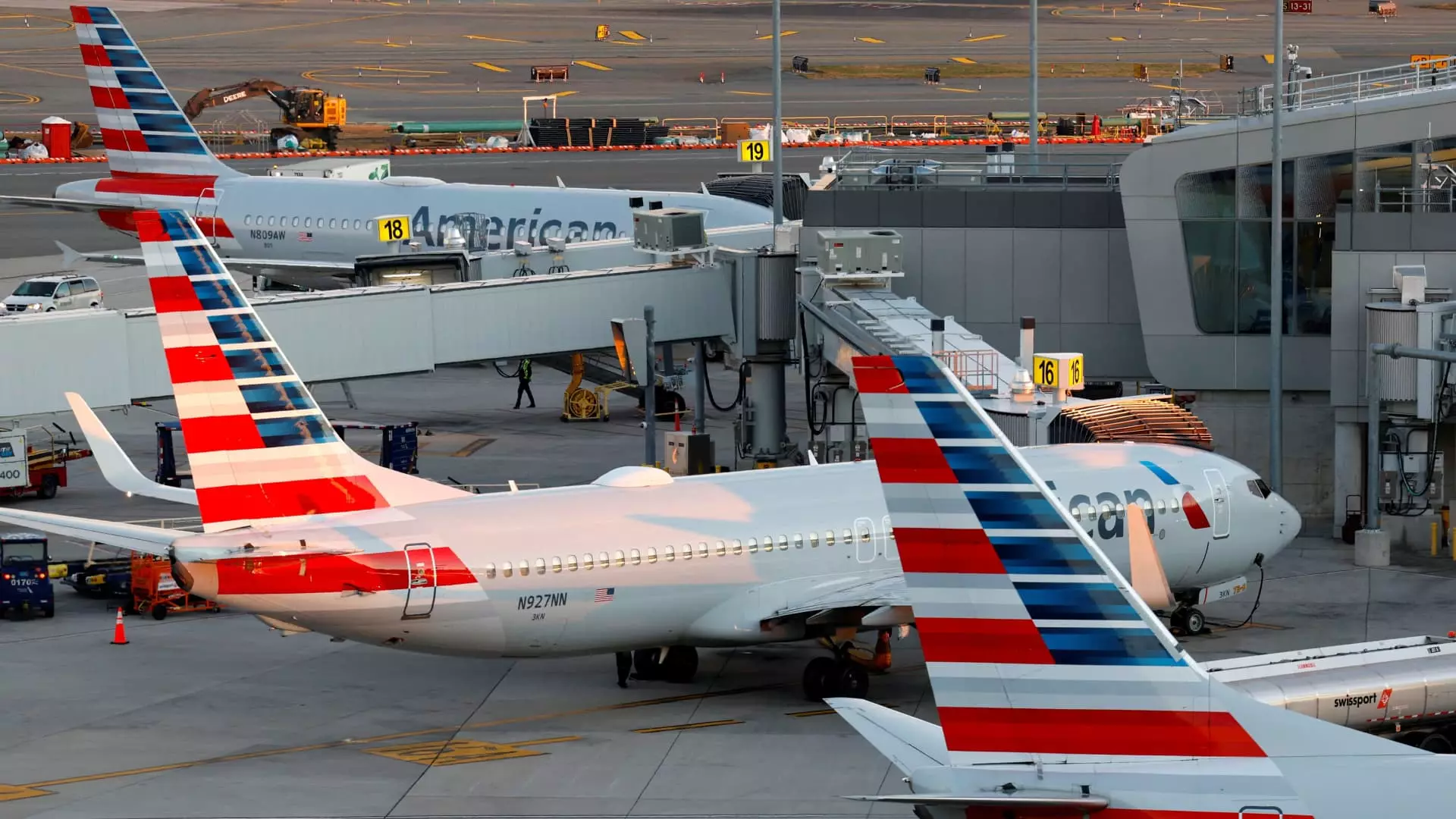American Airlines has recently made significant moves in its financial strategies by finalizing a credit card partnership with Citigroup. This decision marks a pivotal change as the airline part ways with its previous partner, Barclays. The shift is not just a mundane operational change; it symbolizes the airline’s commitment to amplifying its revenue streams through intelligent co-branding strategies that leverage financial partnerships.
In announcing this deal, American Airlines expressed optimism regarding its financial outlook, projecting a 10% annual growth in payments received from co-branded credit card initiatives and other affiliations. To put this into perspective, within the year ending September 30, American Airlines generated a noticeable $5.6 billion from such partnerships. These figures underscore the immense potential that lies within the integrated banking and airline industries, cementing the importance of collaborations that enhance customer loyalty and satisfaction through appealing financial products.
American Airlines is contemplating a significant transition, as it plans to migrate cardholders from Barclays to Citi by 2026. Although specific details about this transition remain scarce, the airline’s strategists are likely anticipating a seamless integration process to maintain customer connection and prevent the disruption of services. The agreement indicates that Citi will also handle various promotional aspects concerning credit card sign-ups, potentially increasing exposure and customer acquisition during flights and at airports.
Co-branded credit card agreements hold substantial weight in the airline industry. They serve as lucrative channels through which airlines monetize their frequent flyer programs. By selling frequent flyer miles to banking institutions, airlines like American gain a significant financial advantage—an arrangement that benefits both parties. Banks are able to offer personalized incentives to customers, encouraging a fervent attachment to their card offerings, while airlines see a boost in customer loyalty and increased revenue from the sale of miles.
In contrast to American’s financial strategies, Delta Air Lines has led the way with its partnership with American Express. With nearly $7 billion in earnings from their co-branding agreement last year alone, Delta is setting ambitious expectations of rising revenues that could climb to $10 billion in the foreseeable future. This comparison highlights a competitive landscape where effective credit partnerships can significantly bolster an airline’s bottom line and influence market positioning.
The stock market’s initial response to American Airlines unveiling its new partnership appeared positive, with shares rising over 6% in premarket trading. Additionally, the airline raised its revenue forecast for the fourth quarter, hinting at a strong anticipation for growth. These developments portray a forward-looking narrative for American Airlines amid its strategic realignment with Citigroup, emphasizing how essential such relationships can be to long-term operational success.
American Airlines’ partnership with Citigroup signifies an intentional strategy to drive growth and harness the synergy between banking and travel incentives. As this transition unfolds, industry watchers will be keen to see how effectively American taps into this opportunity compared to its competitors and navigates the evolving landscape of airline loyalty programs.


Leave a Reply